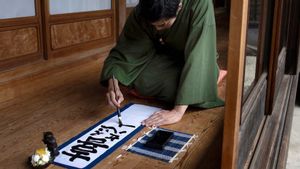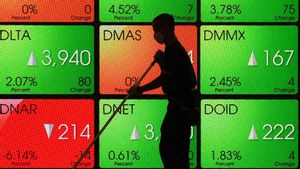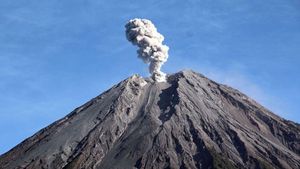JAKARTA - This week NASA will send a new 3D printer dubbed the BioFabrication Facility Redwire (BFF) to the International Space Station (ISS) to print human knees.
NASA is not alone in this regard, partnering with Redwire and Unformed Services University of Health Sciences Center for Biotechnology (4DBio3), this BFF is useful for printing human knee meniscus in orbit and studying the results on Earth.
The research will lead to treatments for the menstrual injuries often experienced by US soldiers. In addition, Redwire hopes that later it can also print 3D of all human organs in space.
The BFF uses a combination of adult human cells and proteins to create human tissue. Then, the machine will release the bioink through four printed heads, similar to 3D printing with plastic.
This machine has been upgraded, bringing better temperature control to keep bioinks at ideal consistency for optimal printing. BFF also offers a new camera display so that it can control the print better.
"Using BFF, we can create network-like structures that are actually in a better and bigger way than you can terrestrially do. We can also use BFF to print organoids, which can be used to test drug efficacy and reduce laboratory animal needs," said Redwire VP, Rich Boling.
Redwire will also use NASA's Advanced Plant Habitat in a space-friendly plant identification project. Another investigation will use NASA's furnace to manufacture and demonstrate passive cooling in low gravity electronics.
The plan is for the BFF to fly to the ISS on supply rockets scheduled to launch on Sunday, November 6 from NASA's Wallops Island Space Port.
The mission includes more than 20 ISS National Lab sponsored payloads. The materials needed for the bioprint will be on the next flight.
Launching Engadget, Friday, November 4, this is not NASA's first 3D space printer. Last year, NASA brought the Redwire printer to the ISS as well to demonstrate lunar soil printing.
One day, the technology can help lunar colonies build habitats without bringing much supply from Earth. If research is successful, doctors can replace damaged body parts without using donations or inorganic implants.
The English, Chinese, Japanese, Arabic, and French versions are automatically generated by the AI. So there may still be inaccuracies in translating, please always see Indonesian as our main language. (system supported by DigitalSiber.id)








